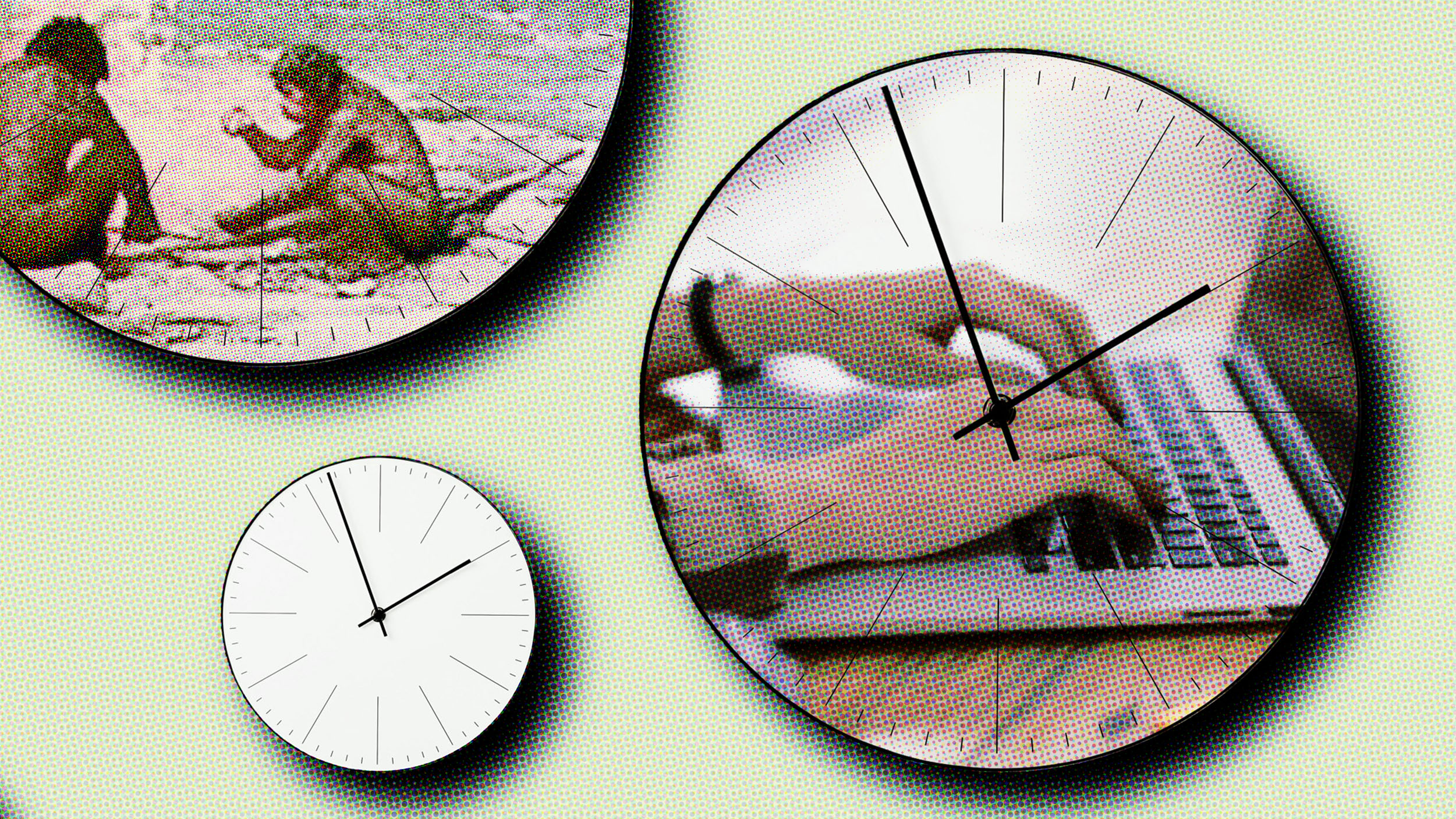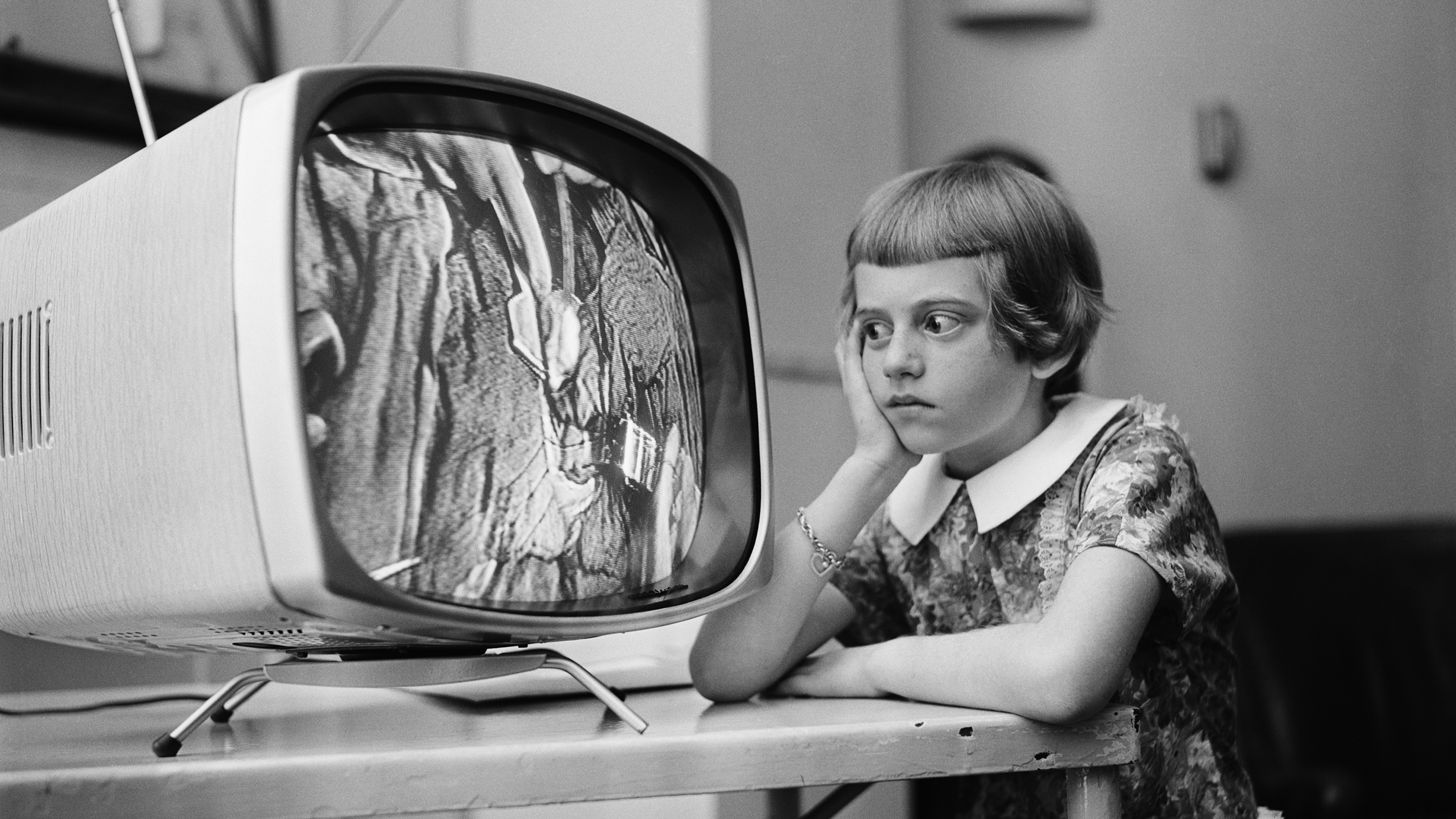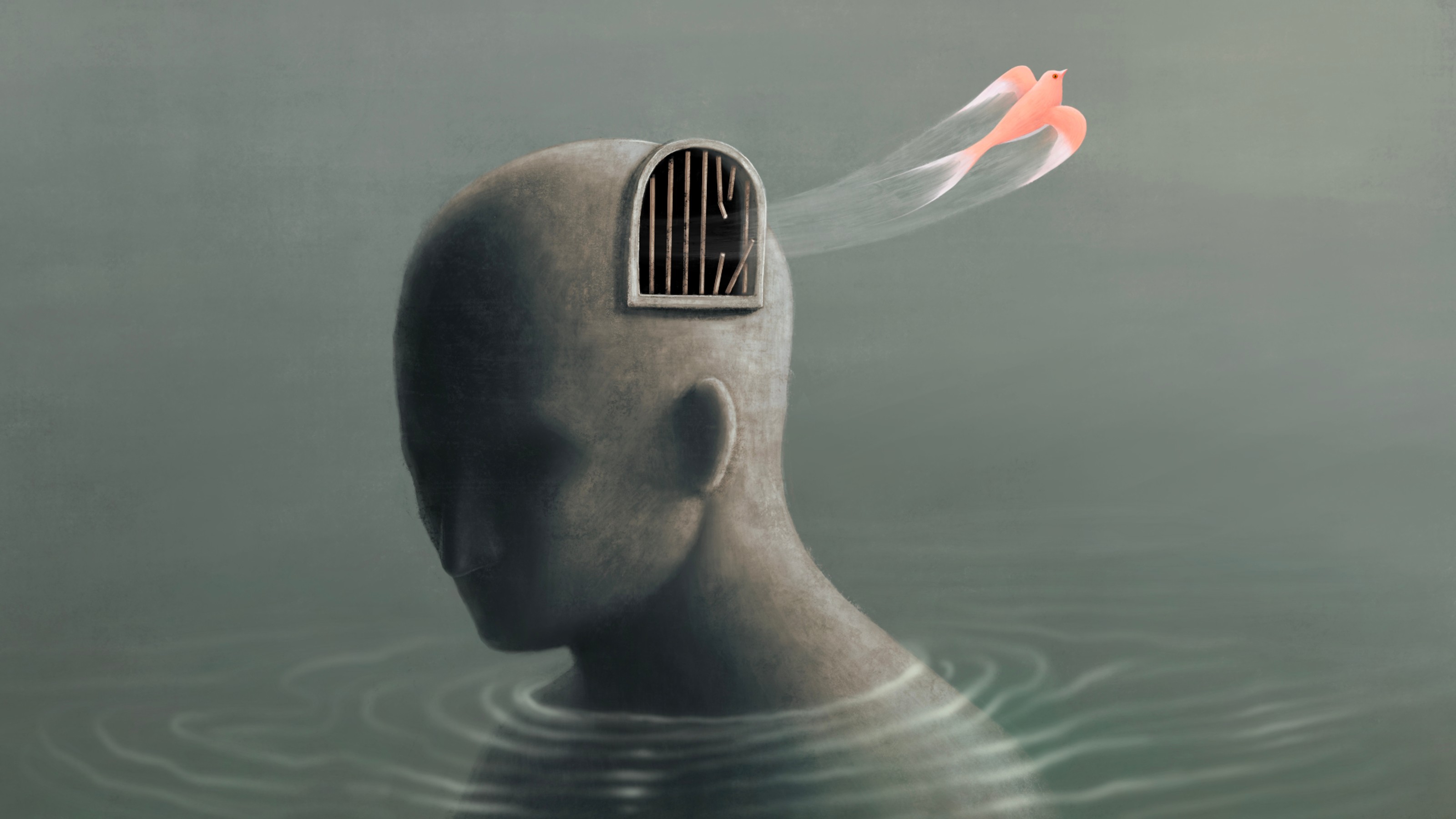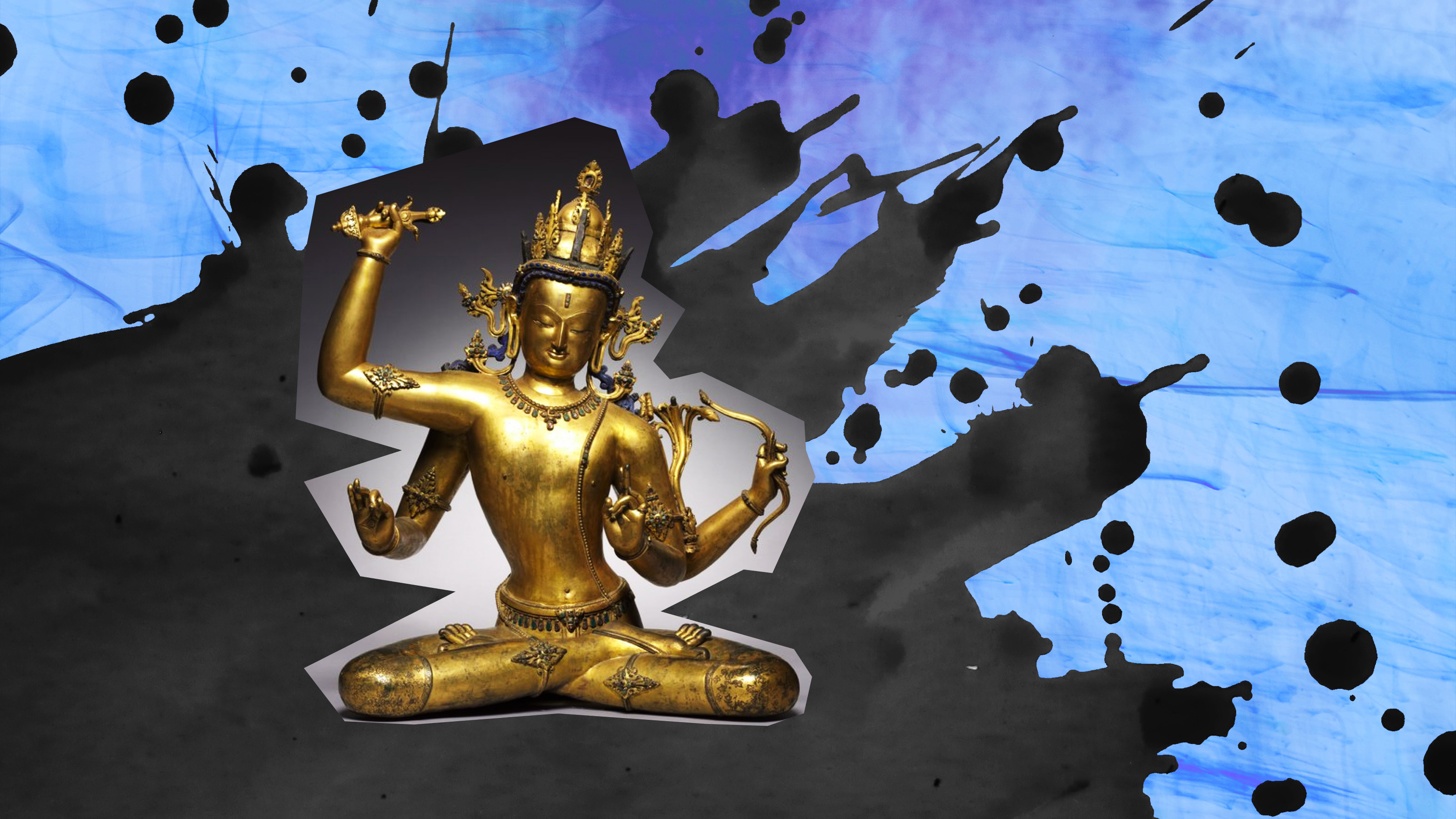Your state of mind affects how you breathe, and how you breathe determines your emotional state. Here is a breathing technique to restore calmness, concentration, and energy.
Emma Seppälä: We really depend on adrenaline throughout the day. We pump ourselves up; we drink too much caffeine; we over schedule ourselves; wait till the last minute to get things done and we depend on it. Many people want to feel that urgency in order to actually accomplish something. However, what happens when we live that kind of adrenaline filled lifestyle is that we're exhausting our system.
We know that short-term stress can be great. It can really help you get through a deadline and mobilize you. However, if you depend on that day after day after day you'll find that your body becomes worn out, your immune system is impacted and even your mind, your attention and your memory are impaired through that long-term chronic stress.
On the other hand, if you train yourself to be more calm rather than always in high adrenaline mode you will be saving your energy much more. Not to say that you shouldn't have that intensity and excitement in your life and spend a lot of energy, but you should really be saving your energy and spending it when you want to for the big major projects in life, the big events. So this is about energy, conserving your energy. And this is where calmness comes in and it's something that's not very much valued in American society in particular. We value intensity at all times, whether we're at work or whether we're at play.
One of the most effective ways to bring calm into your nervous system is through breathing. Breathing exercises. In one very interesting research study scientists looked at the link between emotions and breathe. They looked in particular at whether emotions will change your breathing pattern. So they had participants come in and they told them to elicit these emotions within themselves and the scientist then measured how the participants were breathing, how deeply, how long, et cetera. And what they found was that low and behold each of the emotions that was elicited was linked to a different unique pattern of breath. The more interesting part of the study was the second part of the study. Other participants were brought in and we're simply given the breathing techniques that corresponded to the emotions witnessed in the first part of the study. And what they found was that when they asked of those participants how they felt the participants said that they felt the emotion that corresponded to the breathing pattern.
What this shows is that our breath can significantly change the state of our mind. So usually if we're in a very high stress moment it's very difficult to talk ourselves out of it. It's even less helpful if someone else says hey call me down. It's just very challenging to change your mind with your own mind, your thoughts with your own thoughts. However, if you calm your nervous system, which is what we do with the breath, then your mind can start to calm down as well.
One breathing exercise that's very effective requires you to just take your right hand and put the index and middle finger of that right hand right between your eyebrows and then you just want to place your thumb on your right nostril and your ring finger on your left nostril. And then you want to take a deep breath in here. You can go ahead and close your eyes. And then close the right nostril with your thumb and exhale on the left side. And then inhale on the left side; deep breathe in. And then closing that left nostril exhale on the right side. So you're alternating nostrils. Breathe in on the right side again. Close the right nostril and breathe out on the left. And then breathe in on the left. Deep breathe. Switch and breathe out on the right. And then continue in this way switching after each inhale taking long deep and slow breaths. You can do this for about five minutes. And then when you're ready you can open your eyes. And you'll see a shift in the state of your mind.





